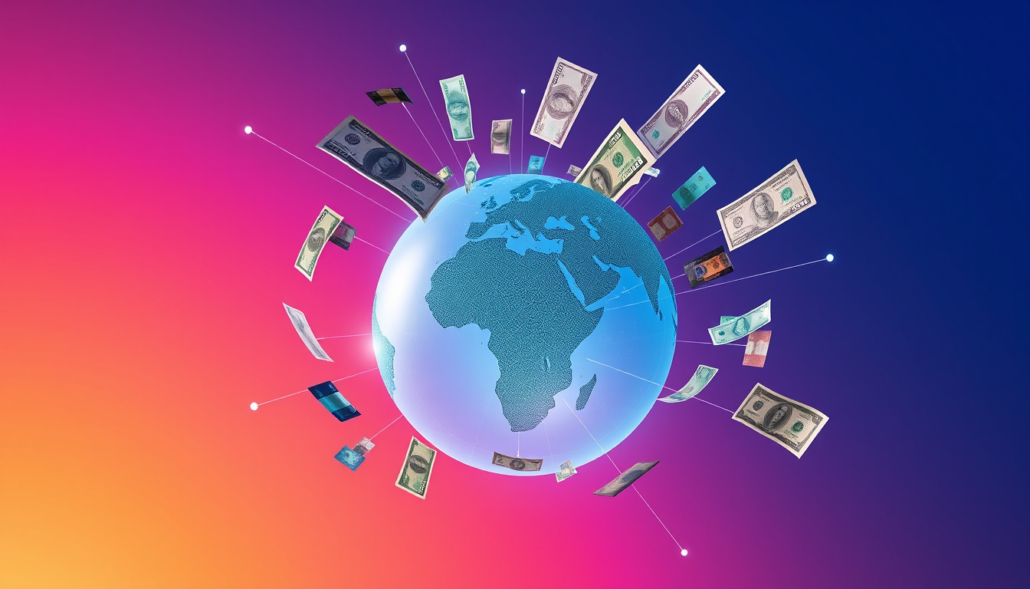The global financial world has changed a lot since the 2008-2009 crisis. Governments used a tool called printing money—also known as quantitative easing—to help economies. This move fires up markets but also brings long-lasting problems that touch lives everywhere.
The Rise of Debt and Monetary Expansion
After the 2008 crisis, global debt shot up fast. Governments and major central banks such as the Federal Reserve in the United States and the Bank of Japan began to create vast new sums of money. The Bank of Japan even promised to print endless cash to back its economy.
This fast growth in money usually makes a familiar effect: inflation. Inflation happens when many dollars fight over few goods, so prices climb. Some American leaders said this price rise would not last, but history warns us that printing too much cash leads to steady inflation. Steady inflation eats away at what people can buy.
Inflation’s Enduring Impact
- Inflation puts pressure on savings, wages, and daily spending.
- Banks try hard to fight inflation by pushing up interest rates.
- In the 1970s, U.S. Treasury bill rates went above 20% to slow down rising prices, a tough but needed step to steady the economy.
Guarding Against Inflation: Real Assets and Commodities
In tough times, many turn to things that keep or grow in value as money loses strength. Some choices are:
- Precious metals like silver, which has fallen from its old high marks, maybe hiding a bargain.
- Crops such as sugar and rice, sold at prices lower than in the past.
- Energy goods stay very important too. Oil reserves shrink while metals like copper and lithium draw attention, especially with more electric cars.
Holding real assets—items that belong to the physical world—can act like a shield when paper money loses its bite.
Market Bubbles and Investment Caution
Today’s money markets show signs of being too hot in many areas:
- Bonds around the world seem inflated because interest rates sit very low.
- Housing markets in places like Korea, New Zealand, and parts of India show high prices.
- Some stocks may have prices above what their real value should be.
In contrast, many commodities still trade at fair rates. This difference shows why smart, careful choices matter more than quick or unresearched advice.
Geopolitical and Economic Implications
Money printing and policy decisions are mixed with global events:
- Countries rich in natural supplies, such as Uzbekistan, gain attention because their low prices hint at growth.
- Nations that need to buy energy face hard times.
- Ongoing tension between big powers, like the United States and China, makes trade and economic plans more uncertain. Past trends warn us that economic fights can get worse, a risk that must not go unseen.
The Future of Money: Cryptocurrency and Digital Currencies
As new tech keeps moving forward, many countries look at digital currencies. Some even back these with government support, moving away from paper cash. China stands at the front of this change, with many people using digital payments.
Cryptocurrencies play a different part in this story. Some see them as a new kind of money. Yet rules for these digital coins are still unsure. Most governments need to keep a firm hold on their money system and may cut back on how much crypto can grow.
Summary
Printing money cuts two ways. It helps short-term growth but can push prices up in the long run and shift market balance. People and investors must keep eyes open, stick with real items, and base their choices on solid facts. With global ties and tech changes in motion, knowing how money printing works is key to handling today’s economy.
FAQs
Q1: Why does printing more money lead to inflation?
Printing extra money makes the amount of cash in use grow without adding more goods. This gap makes prices climb as more cash bids for the same items.
Q2: How can investors protect themselves from inflation?
Investors often turn to real items like precious metals, crops, and energy goods. These tend to keep or grow their value when cash loses power. Mixing different types of assets and keeping up with market news work best.
Q3: Will cryptocurrencies replace traditional currencies?
Even if crypto shines with new ideas, most governments need to hold firm on money matters. It is unlikely that digital coins will fully replace old-style cash soon. Instead, government-backed digital money is showing up more often.
